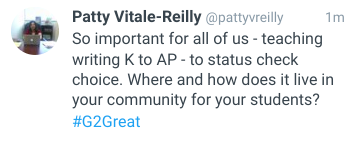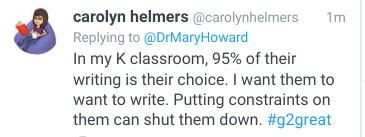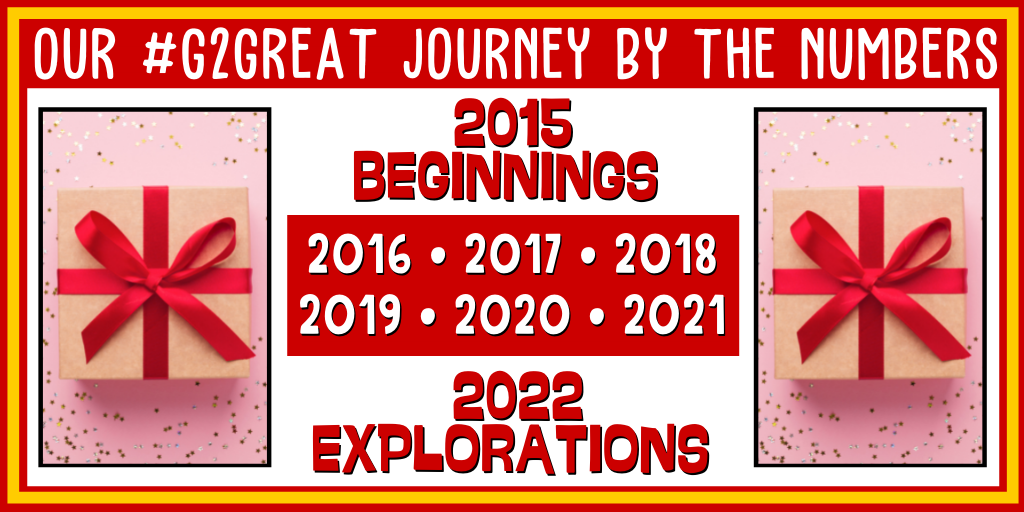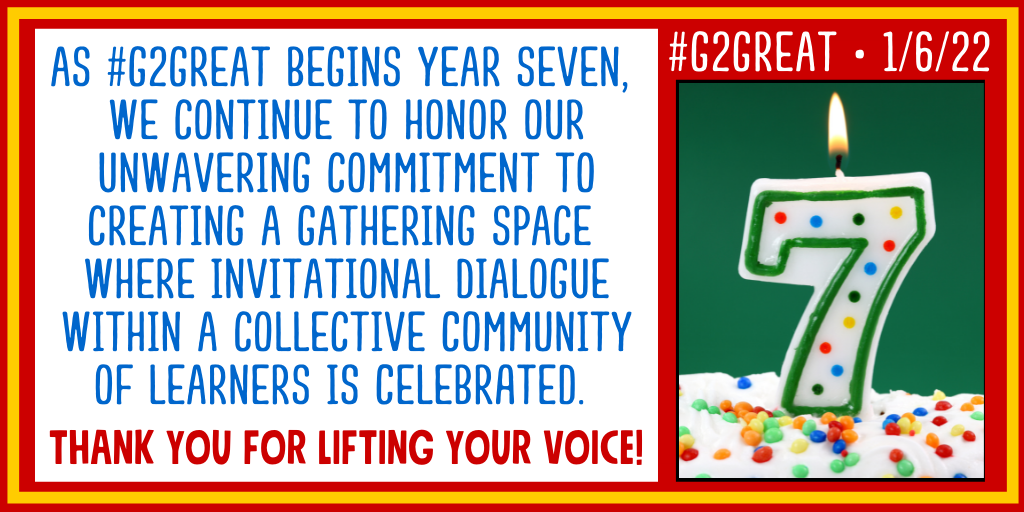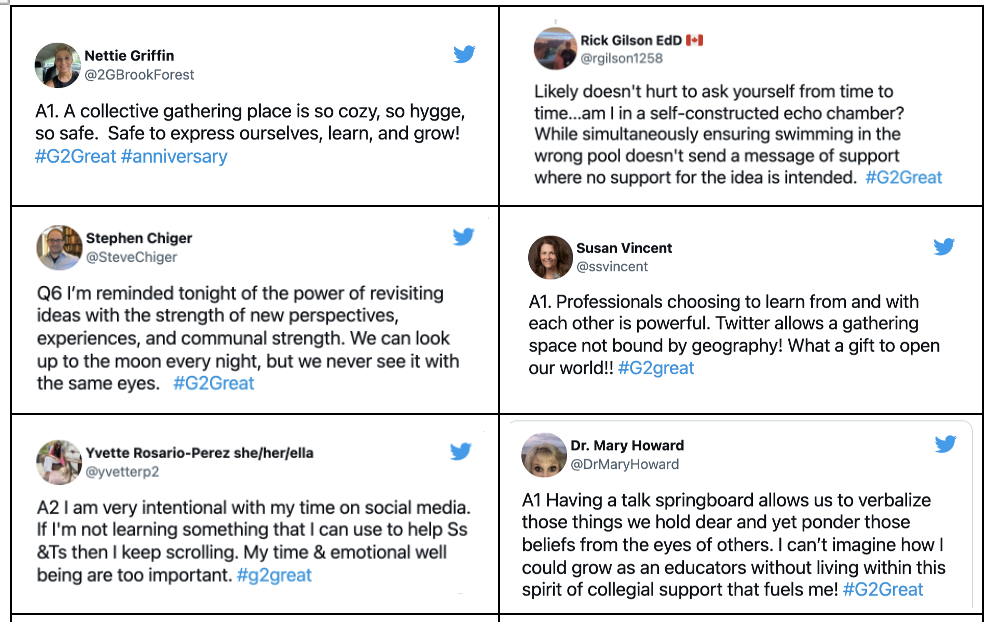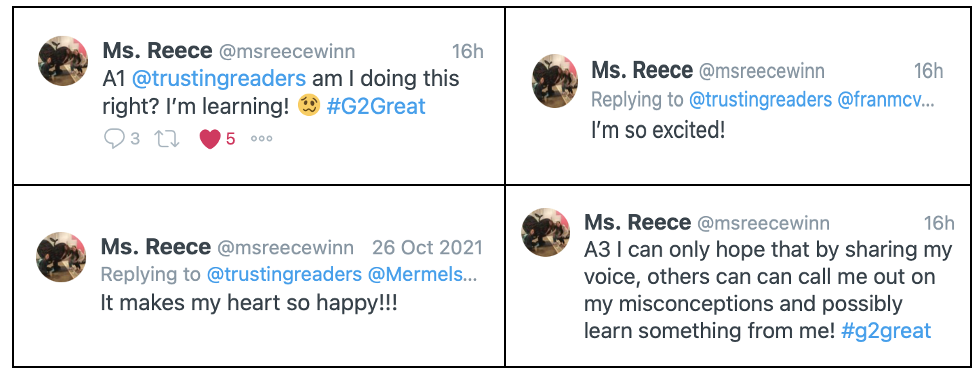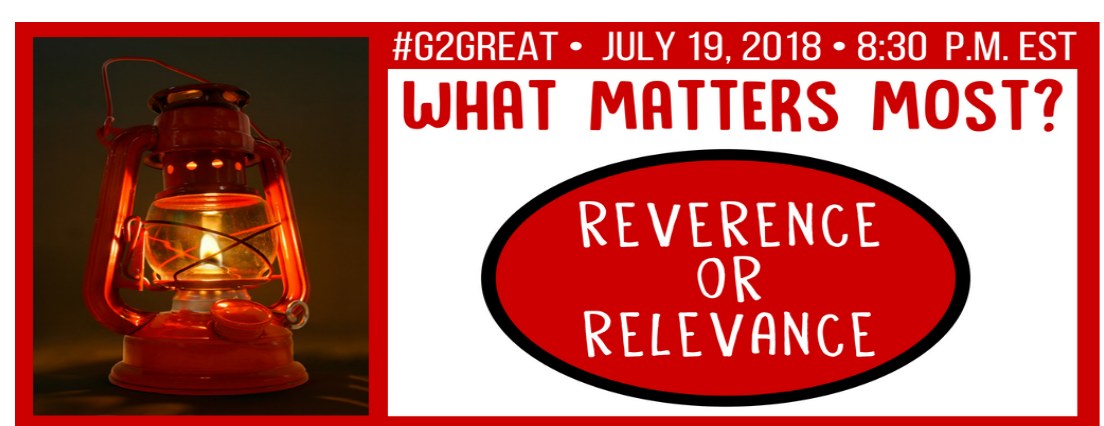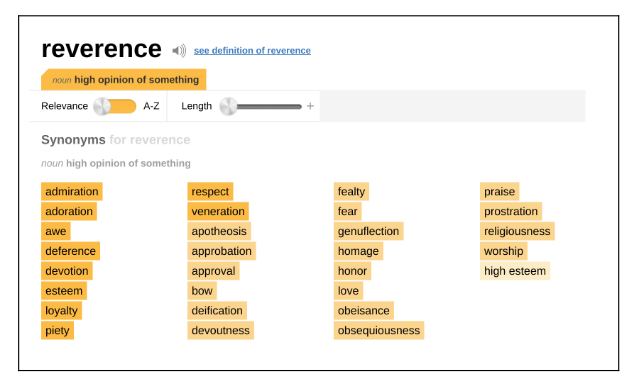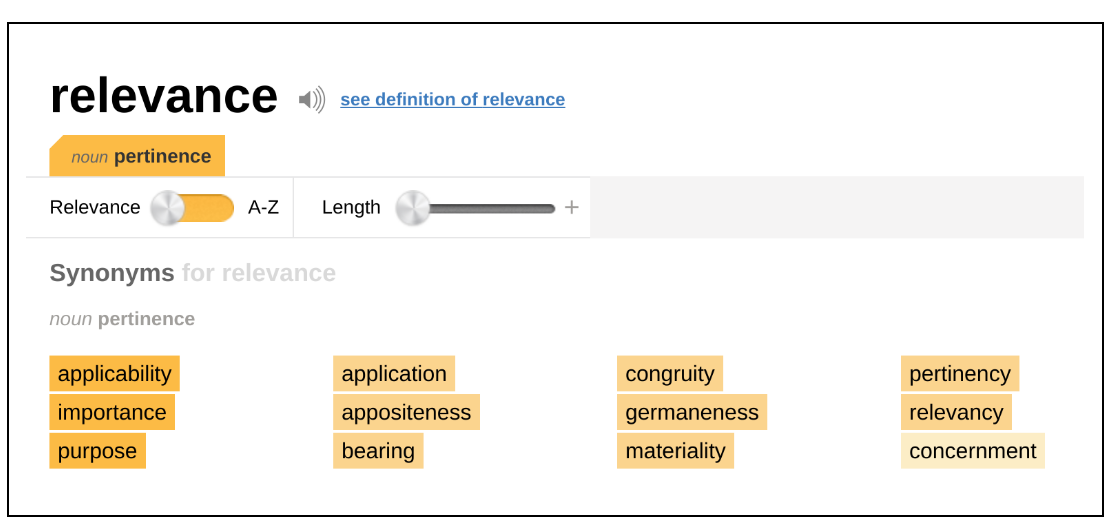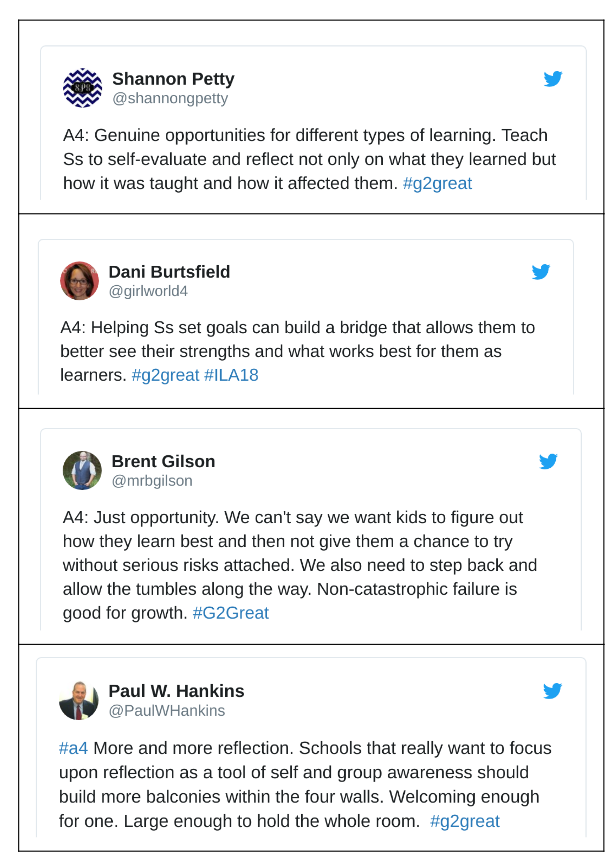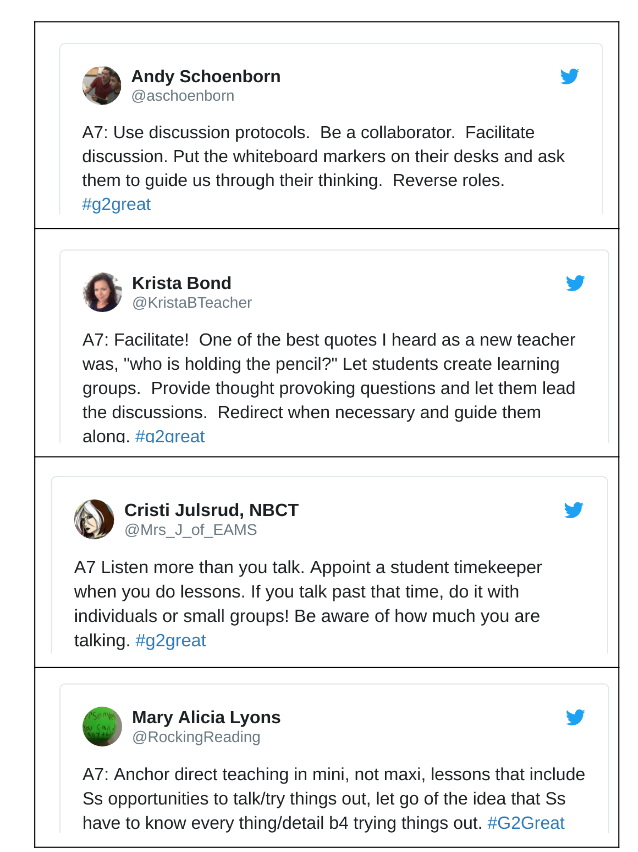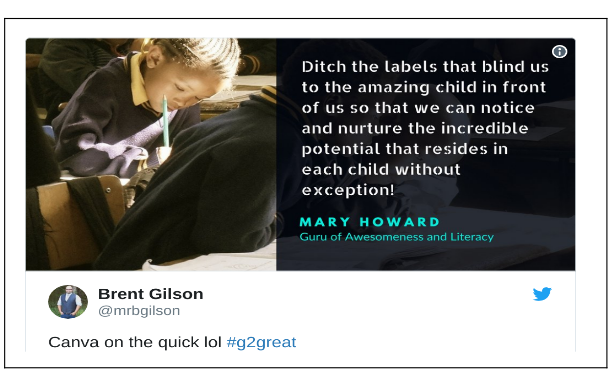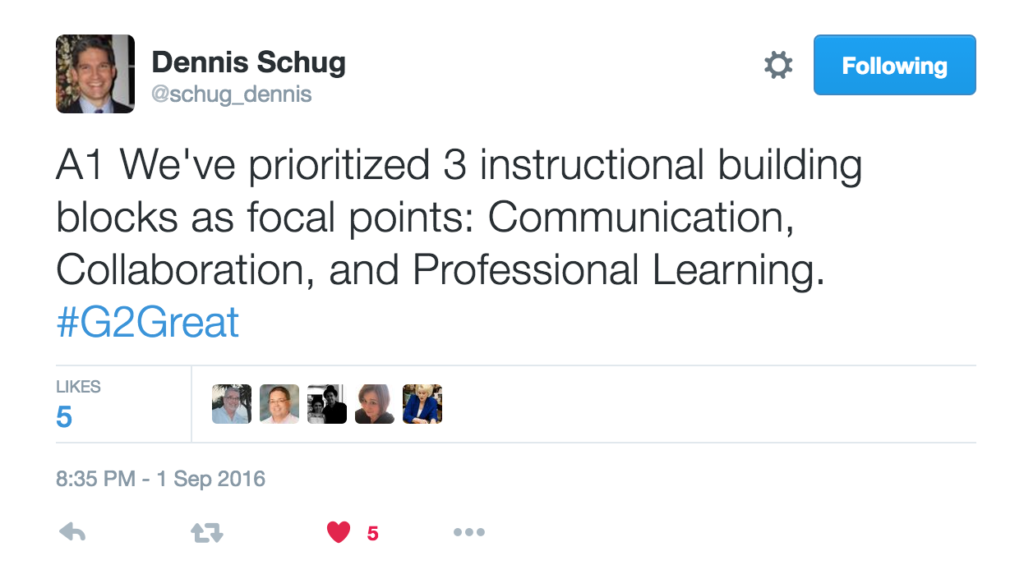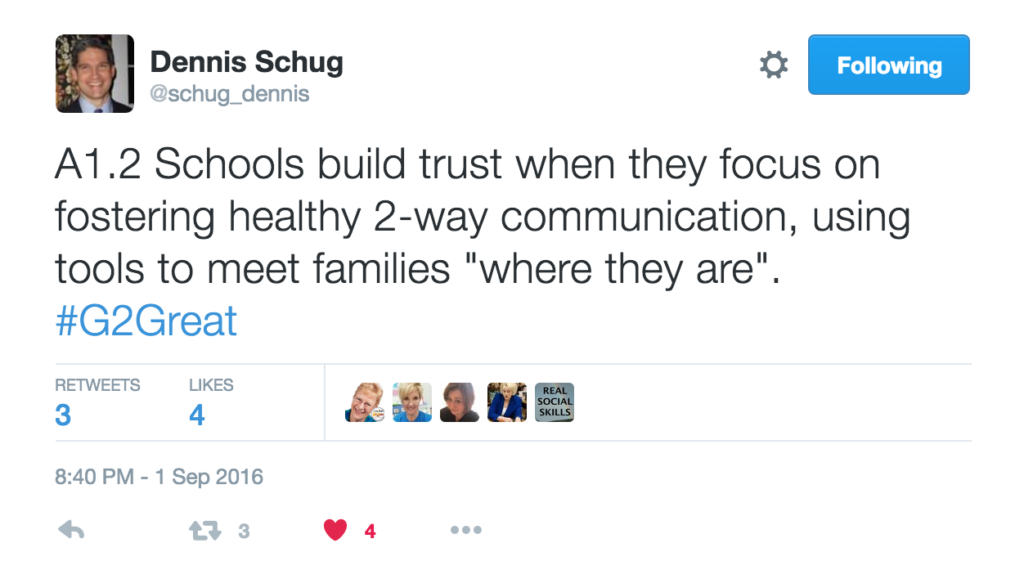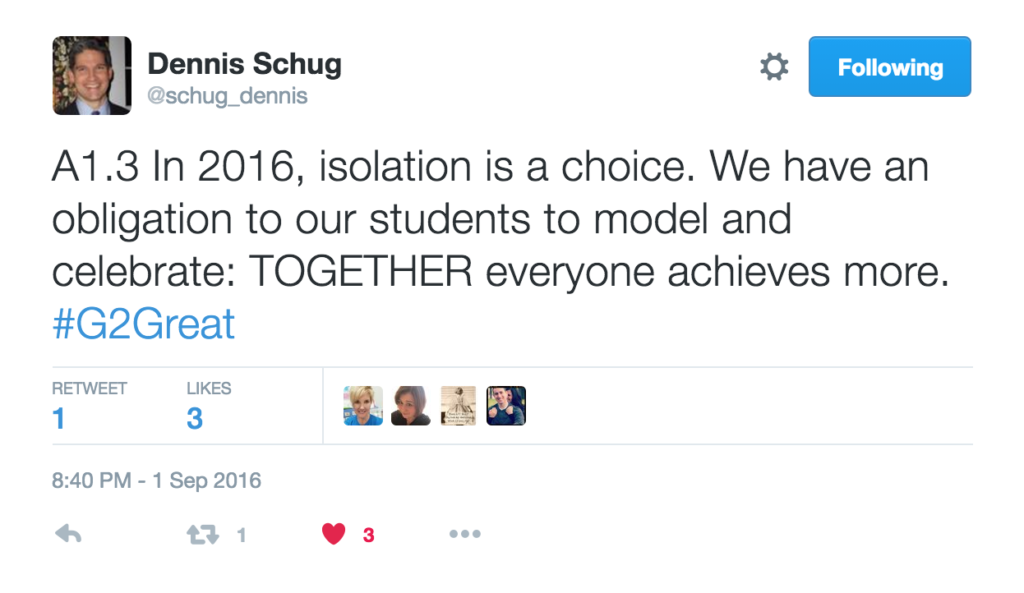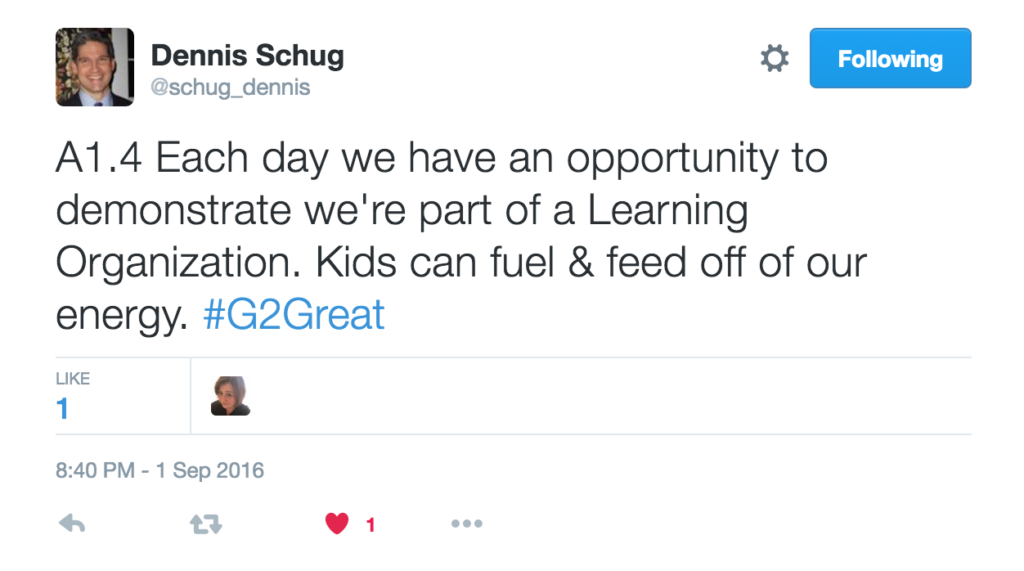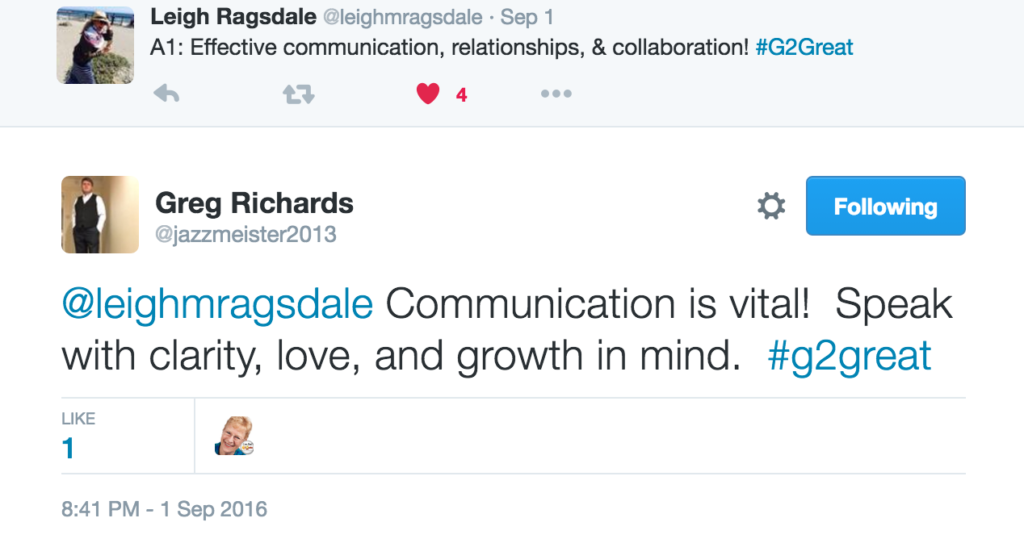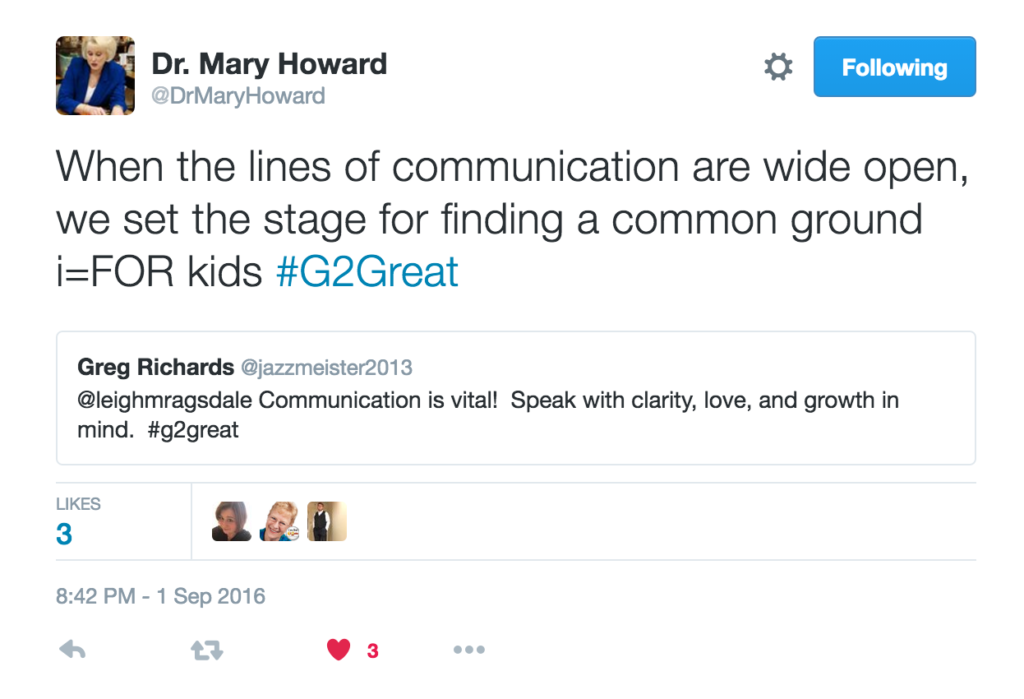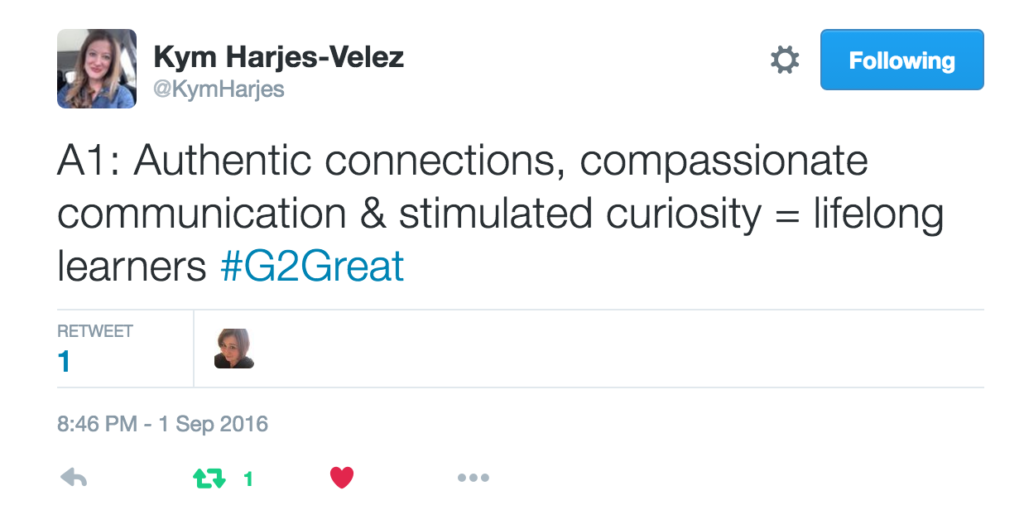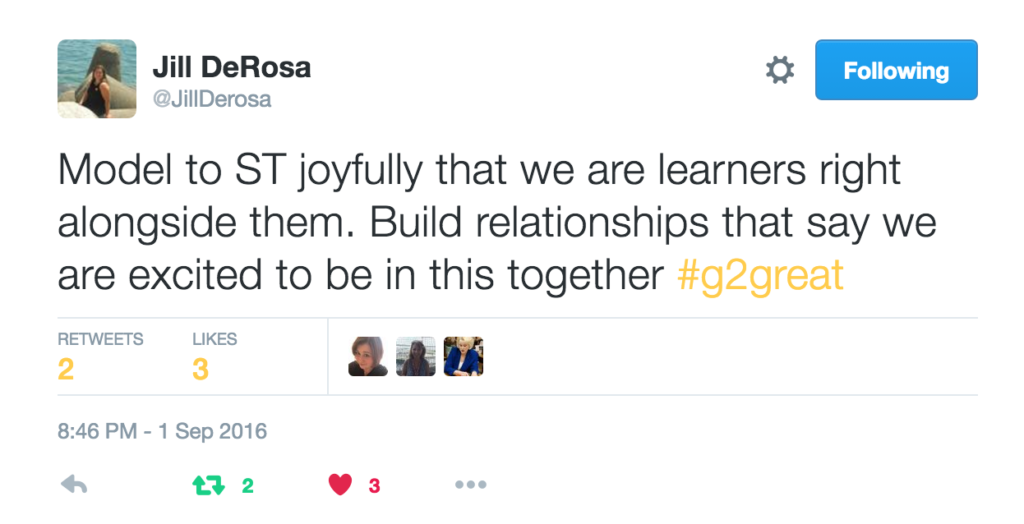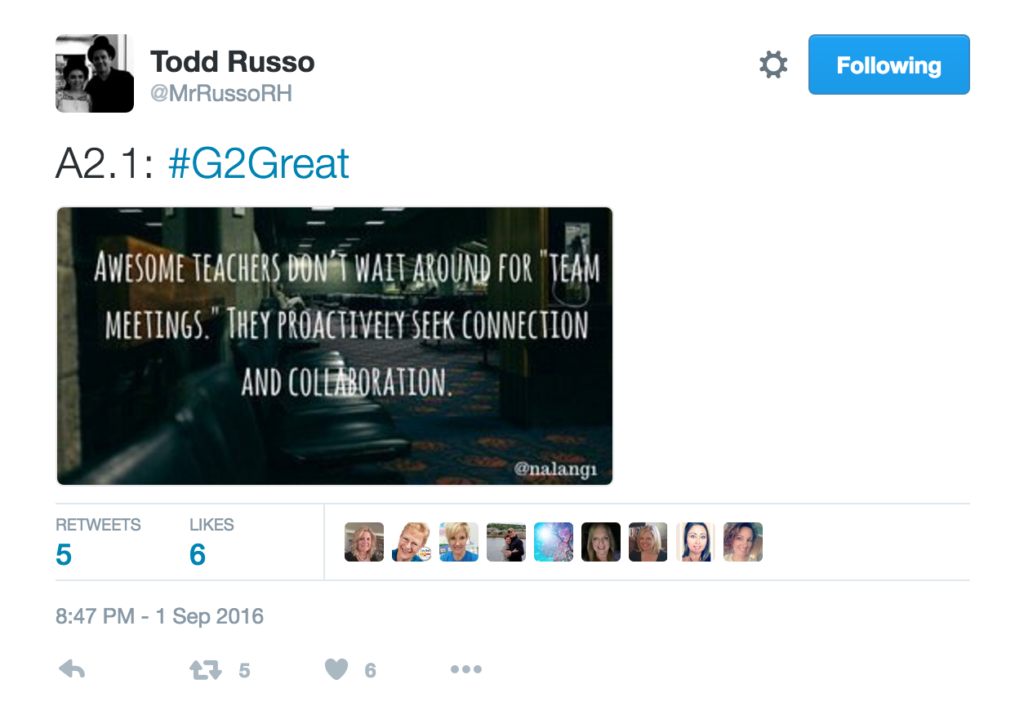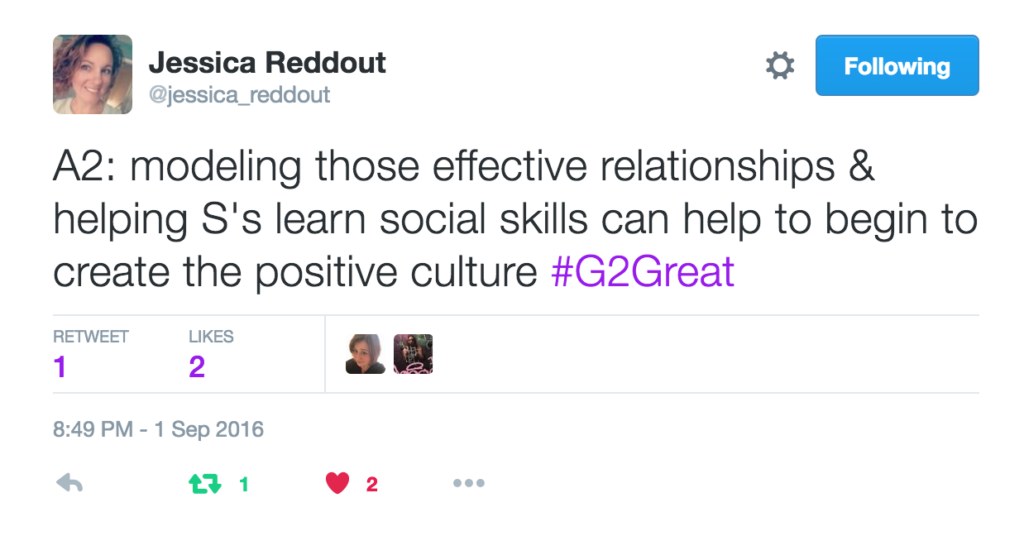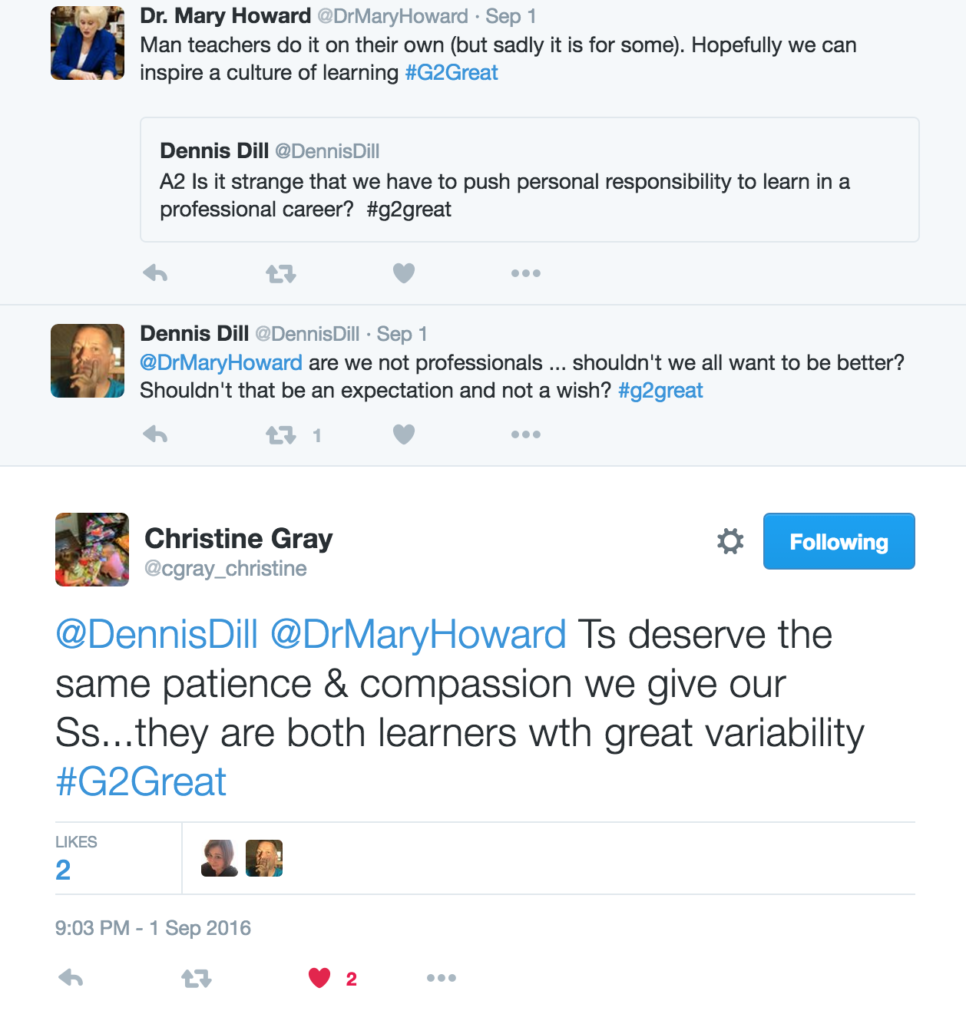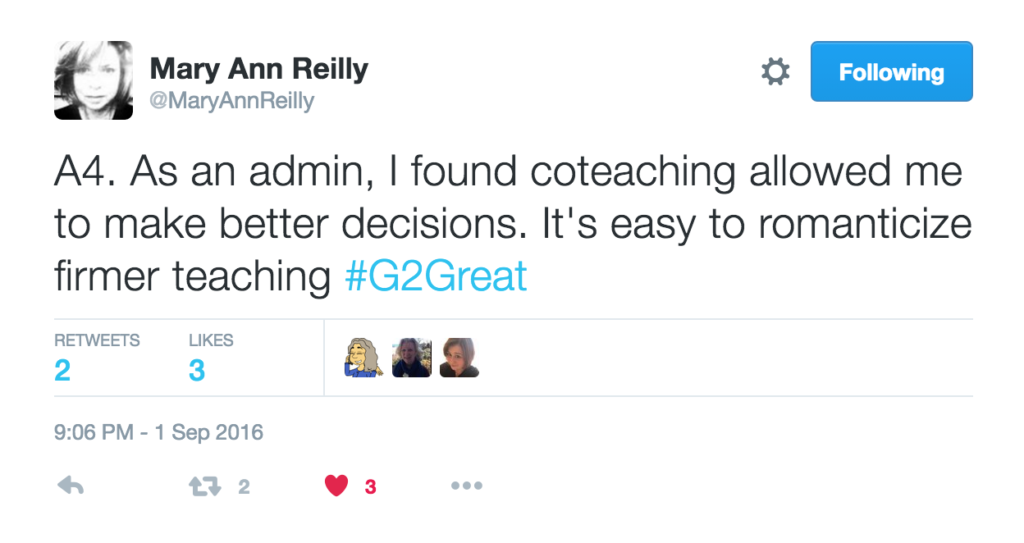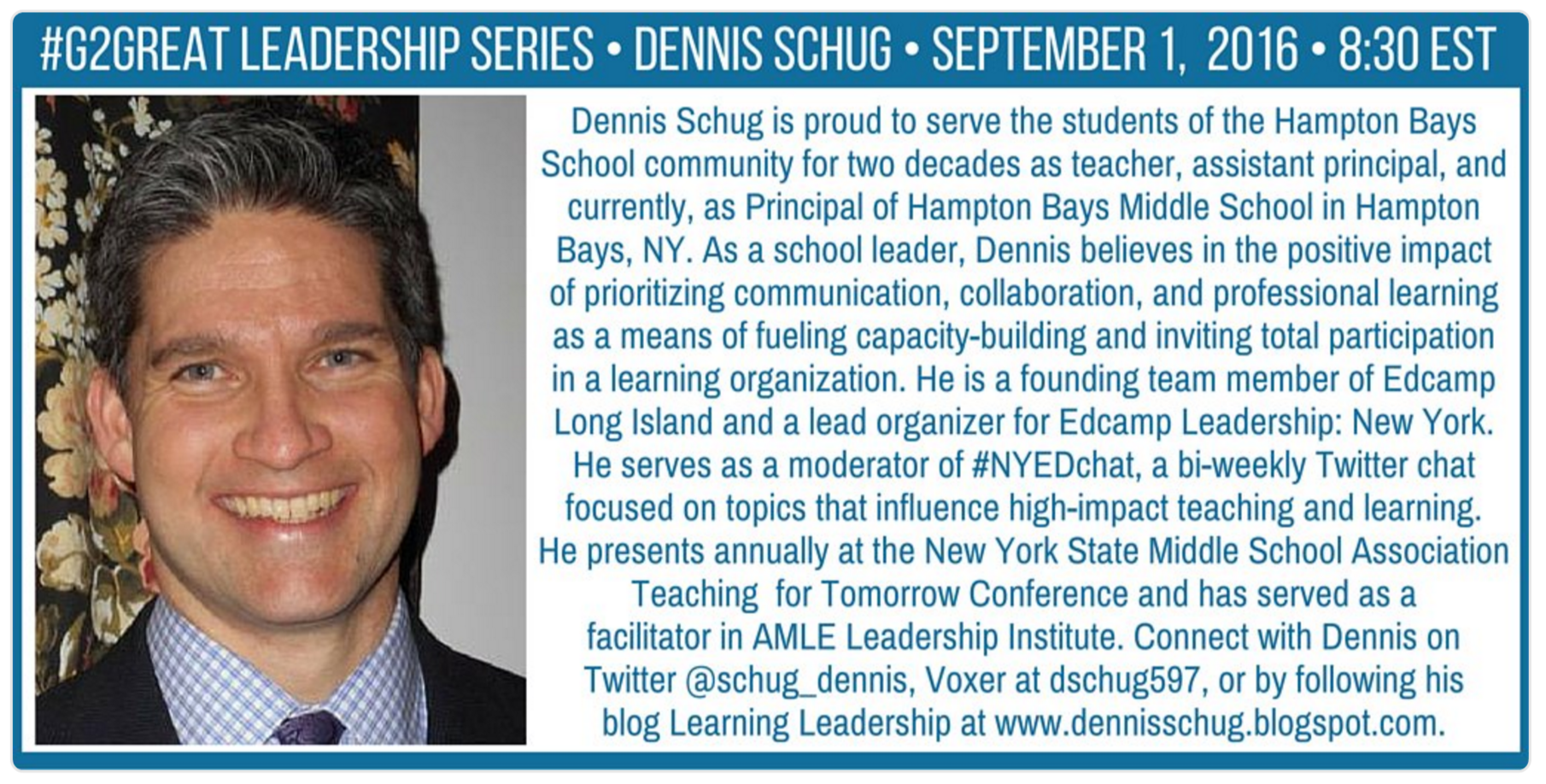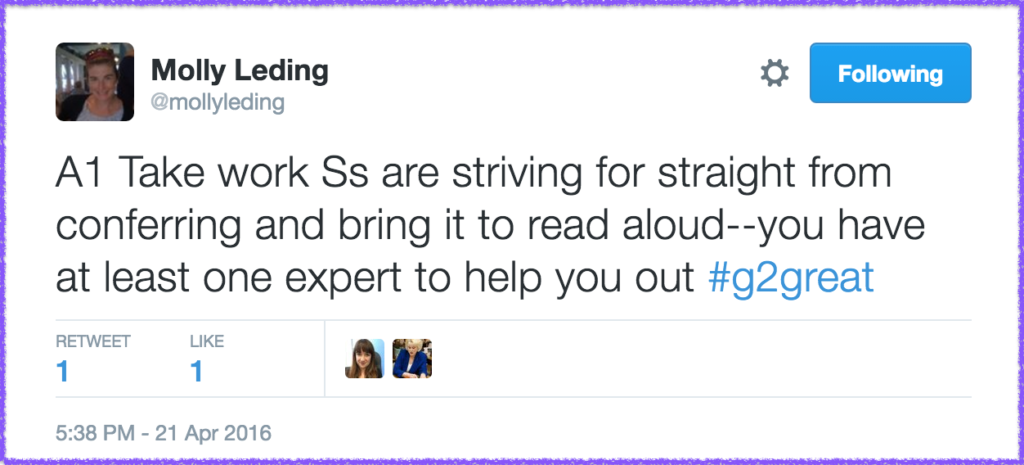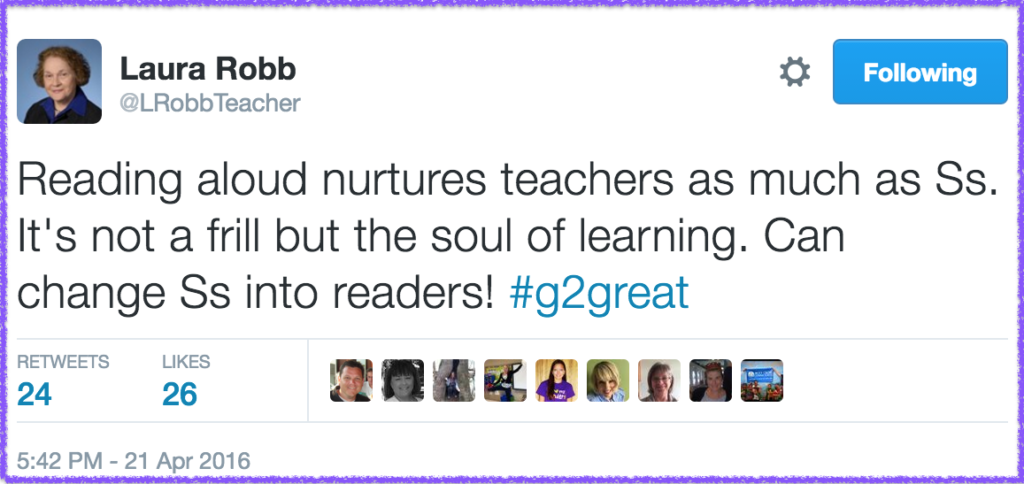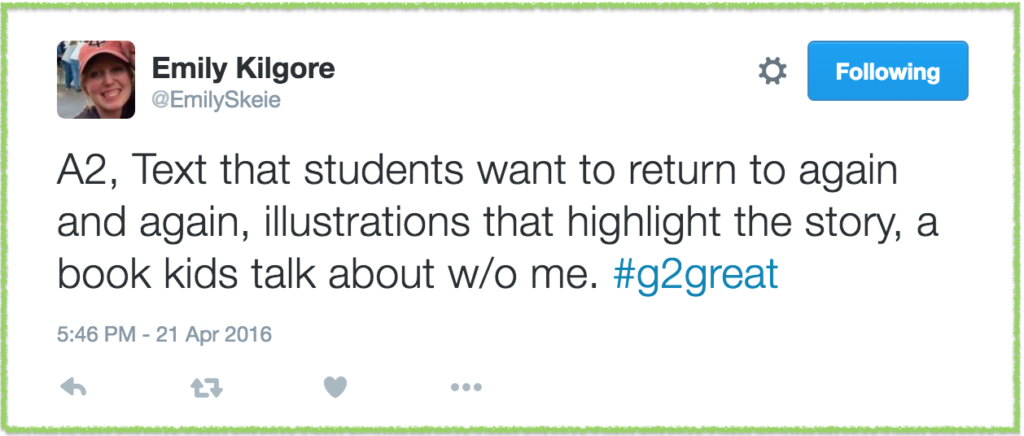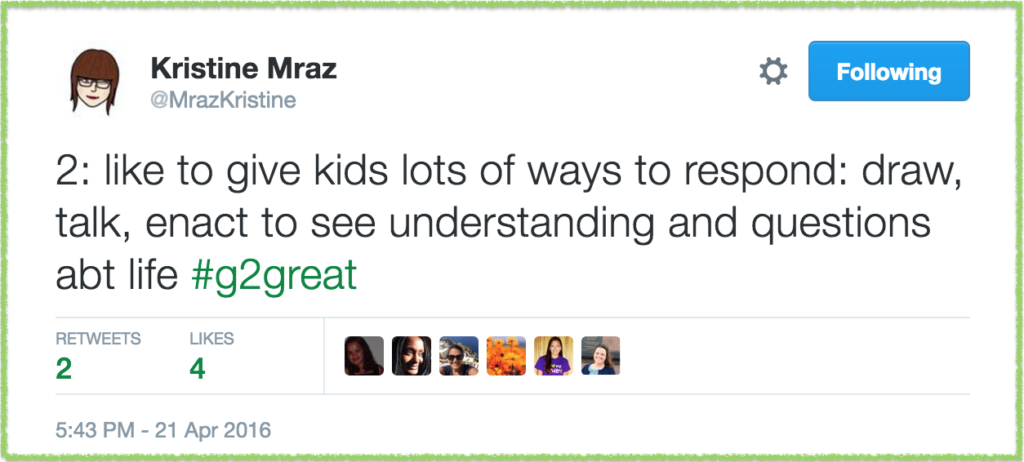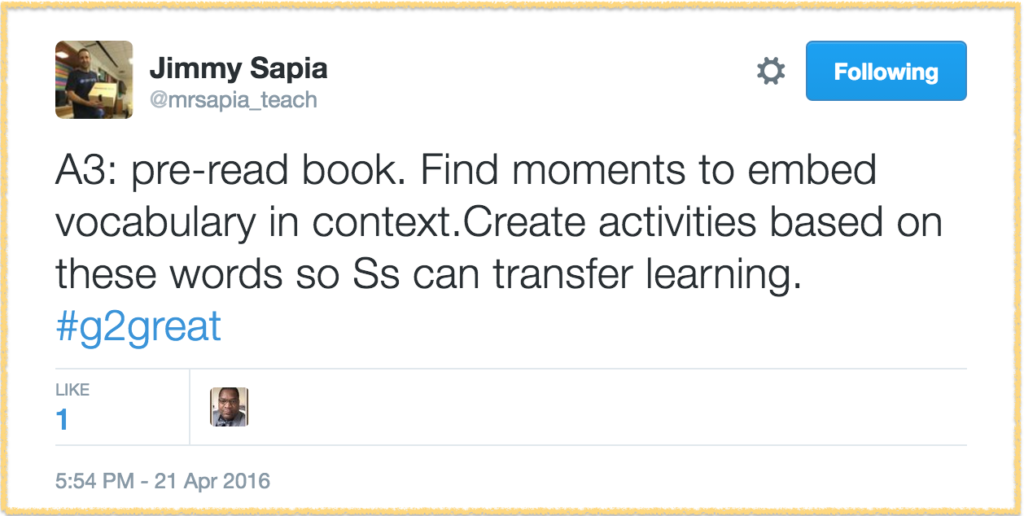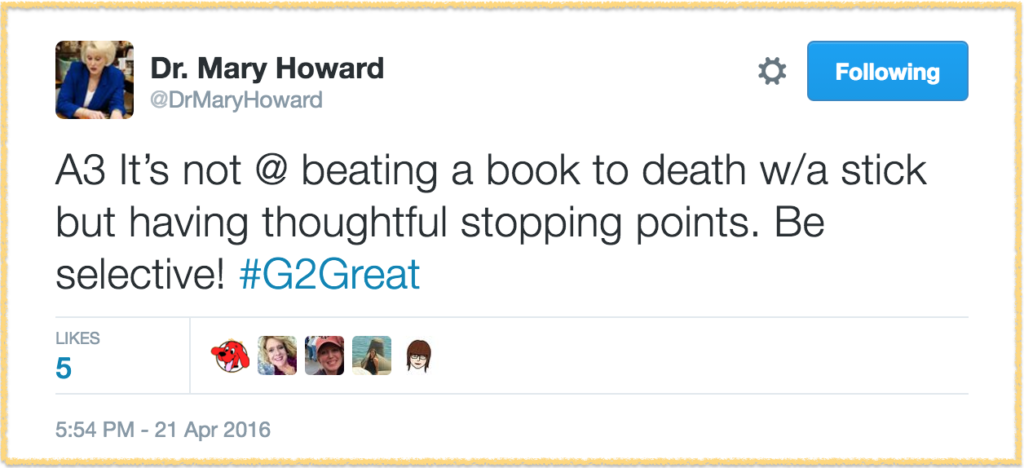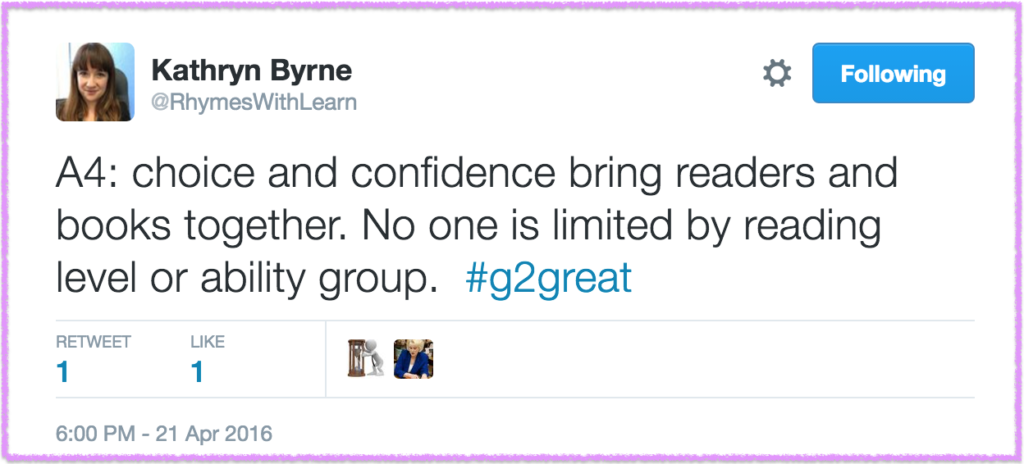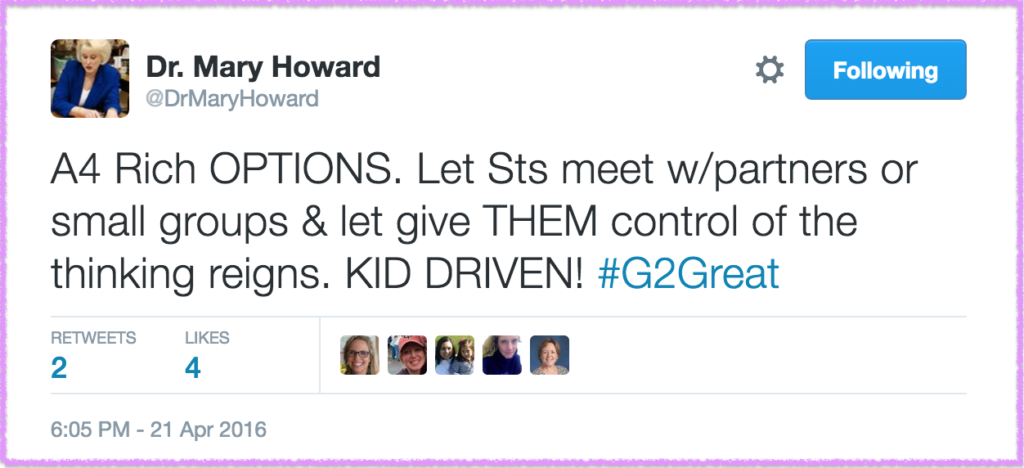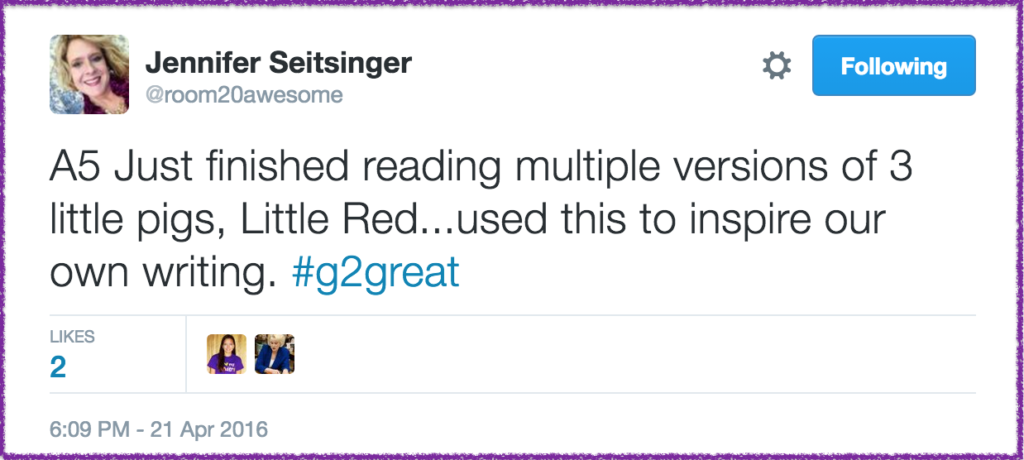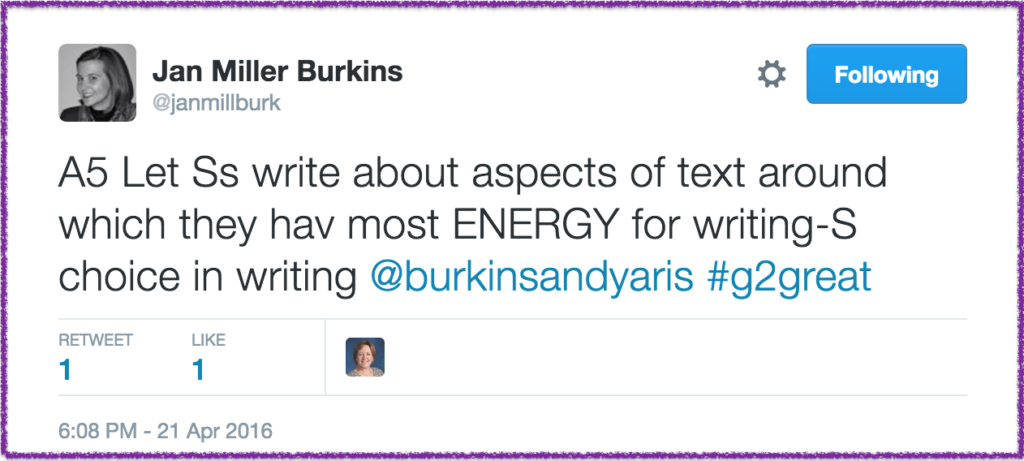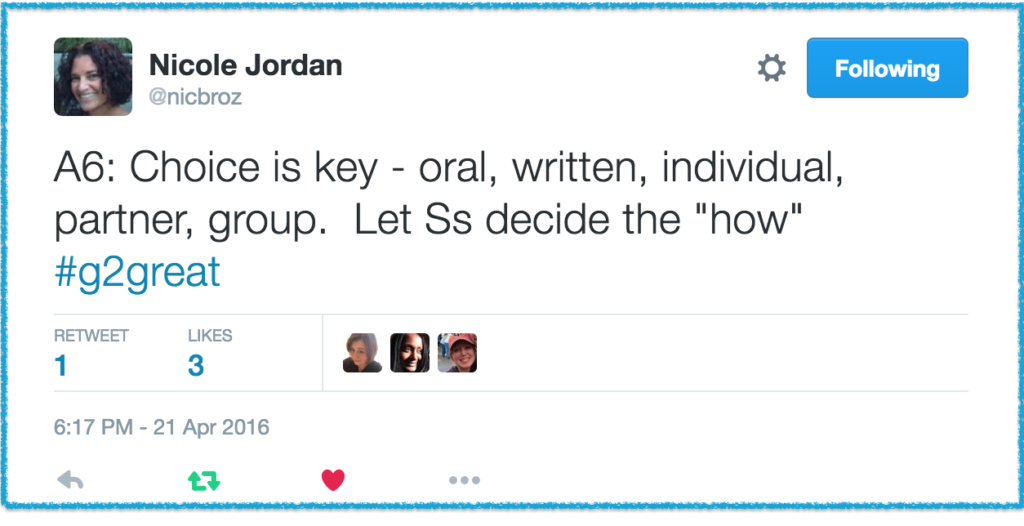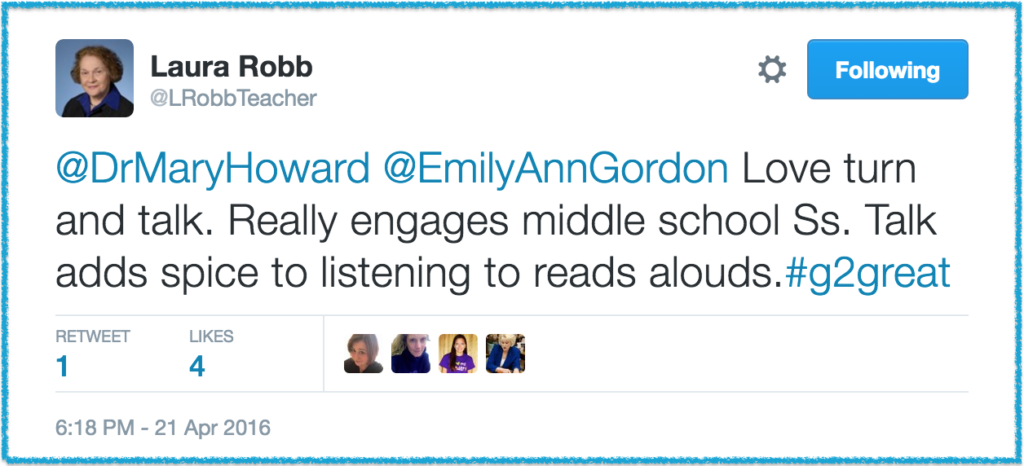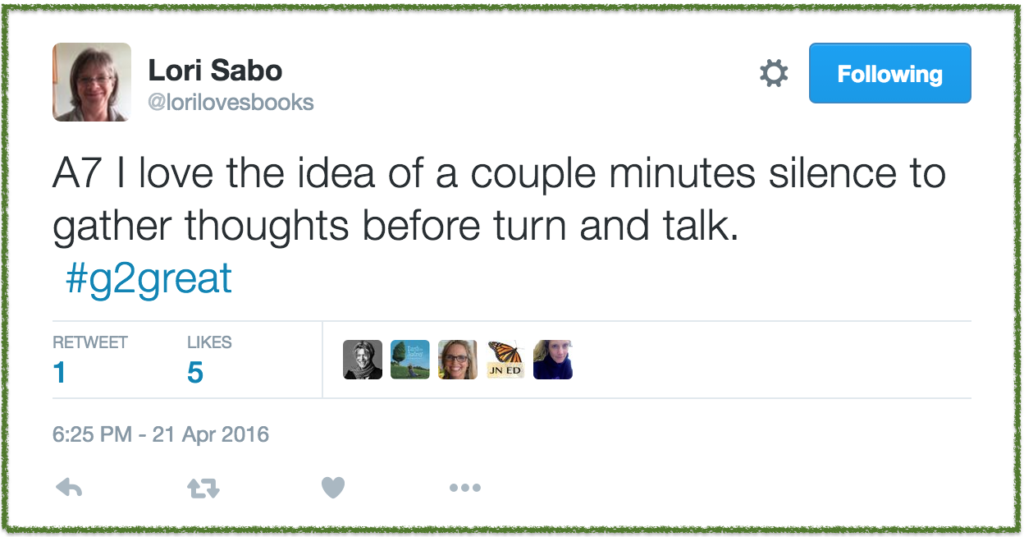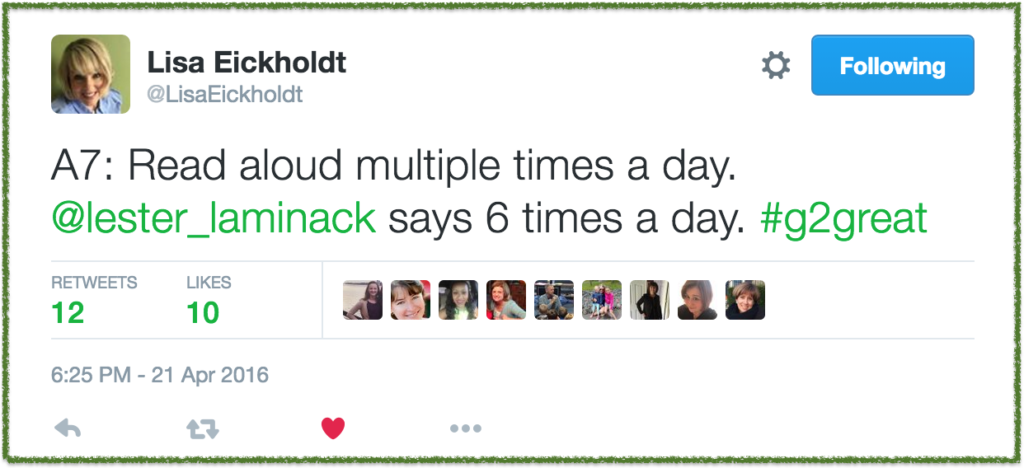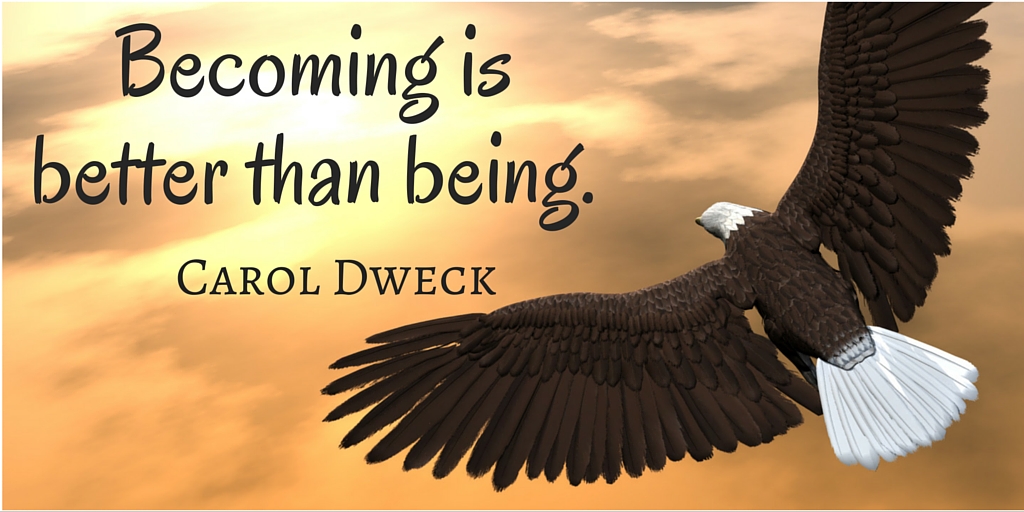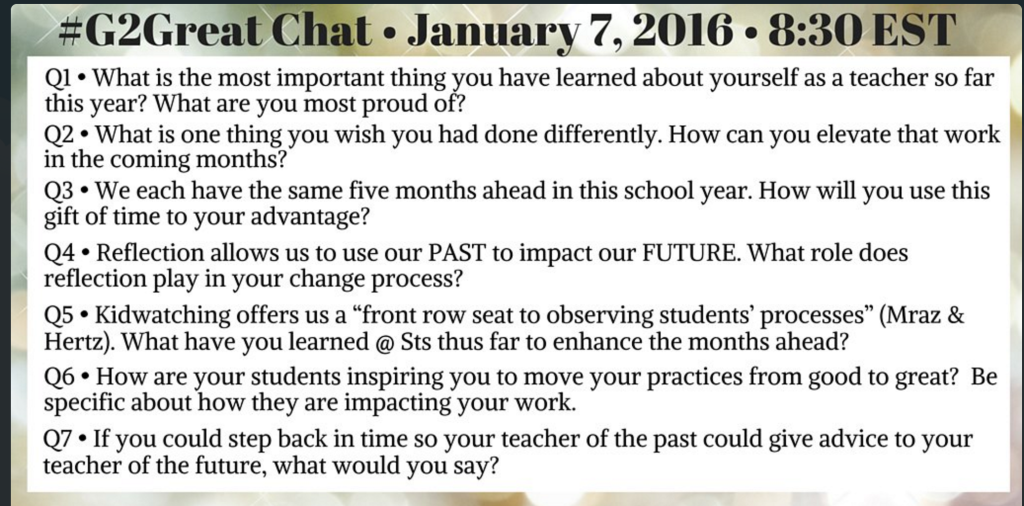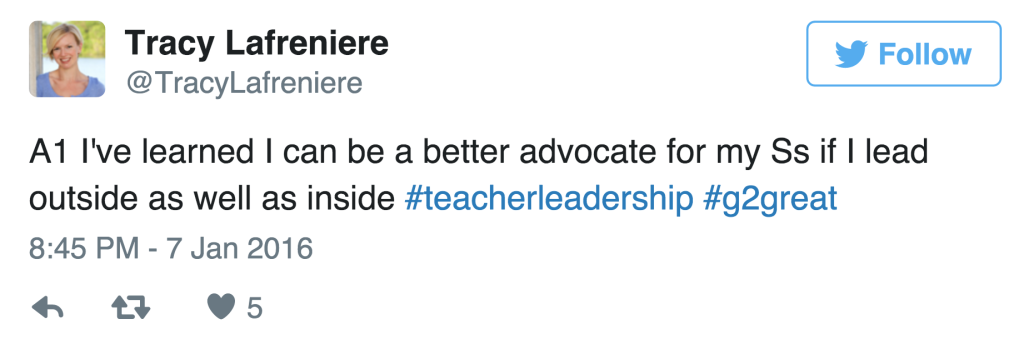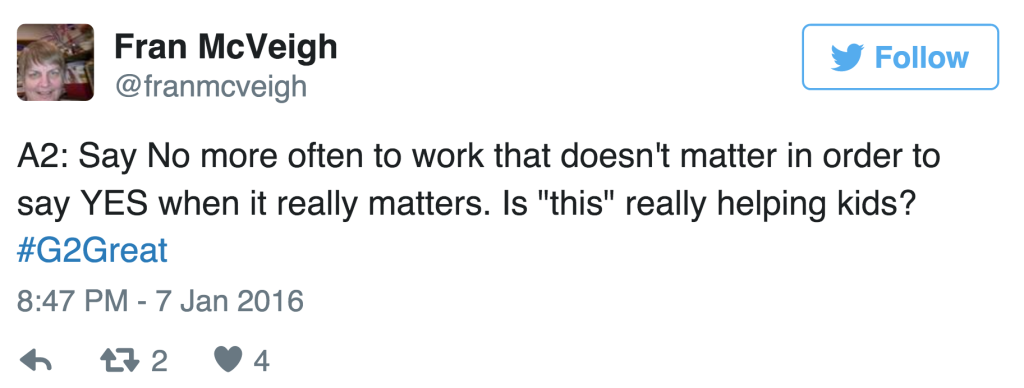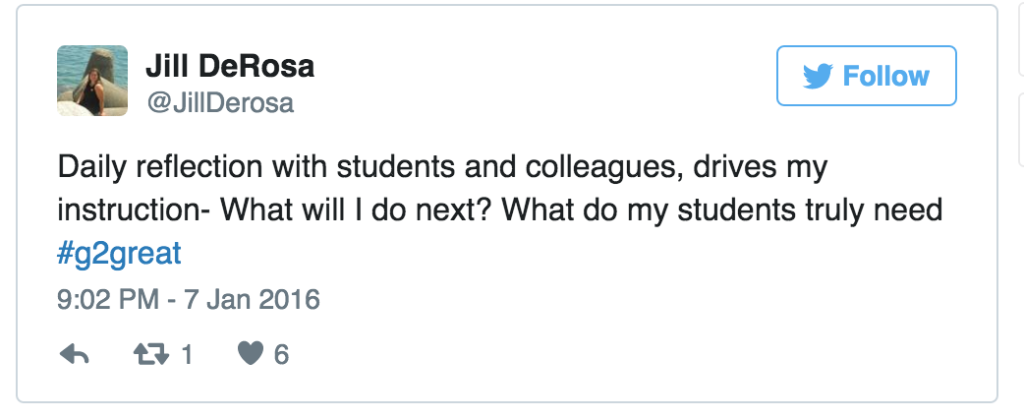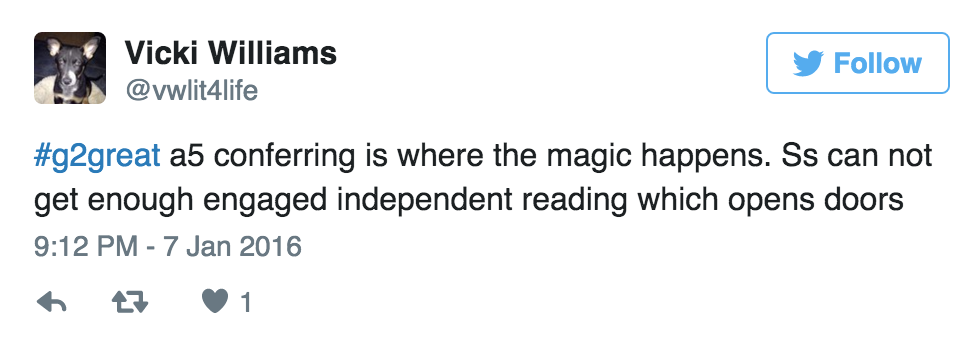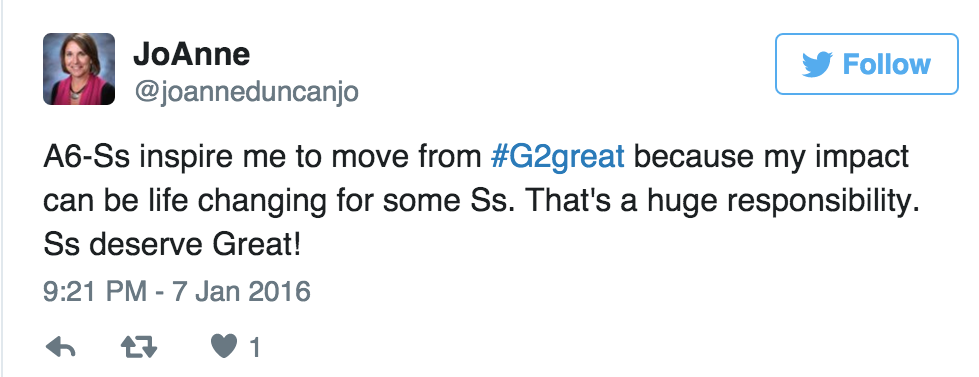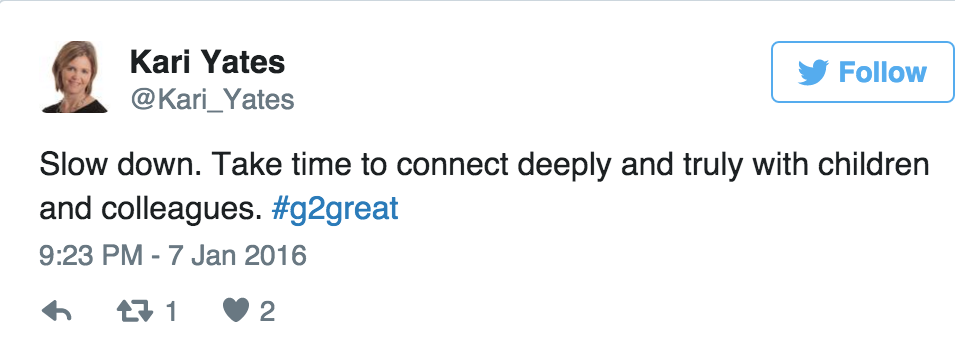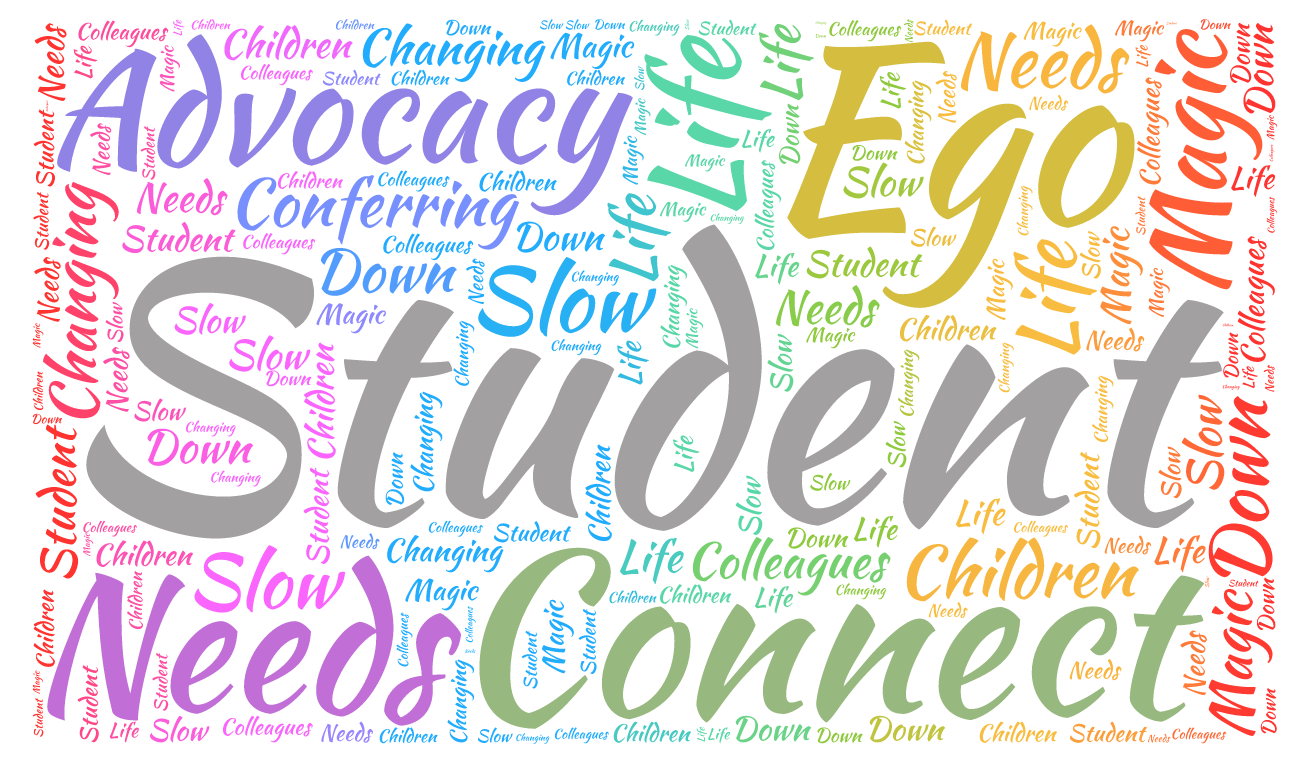by Fran McVeigh
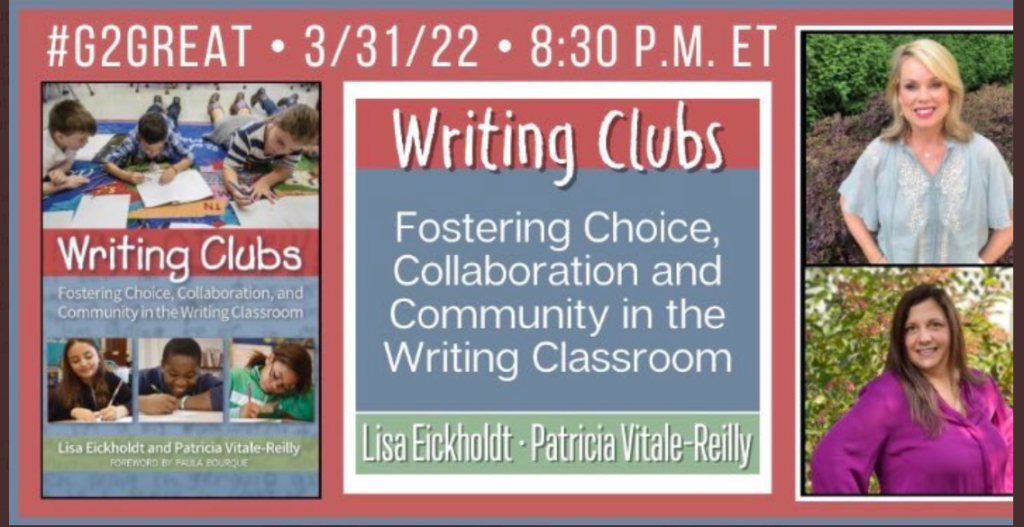
On Thursday, March 31, 2022, the #G2Great chat featured Lisa Eickholdt and Patricia Vitale-Reilly discussing their book Writing Clubs: Fostering Choice, Collaboration and Community in the Writing Classroom. Neither author is new to #G2Great. Lisa was a guest host at #g2Great for The Power of Student Writing as Mentor Text on September 3 and 10, 2015 and Patty was a guest host on June 8, 2017 for Engaging Every Learner and October 19, 2017 for Supporting Struggling Learners. This new text about Writing Clubs has a magical and practical feel after the disjointedness of education in the pandemic years.
The subtitle says: Fostering Choice, Collaboration and Community. As I reflected on that phrase and thumbed back through the text after our chat, I chuckled to myself. Of course the three Cs were in alphabetical order. However, the most logical place to begin is community and then work backwards through the remaining Cs. Let’s get started.
Why Community?
The Writing Clubs that Lisa and Patty describe in this book are based on a writing workshop classroom. That means that certain conditions already exist and one of the most important is community. The trust. The respect. The safe environment. All writers value each other and their experiences. That power of a community naturally and planfully evolves into a collaborative setting when teachers capitalize on the time that is available for students to write.
Ideas for building community from Lisa and Patty:
Why Collaborate?

Research on the power of talk appears across the content areas. The increase in engagement, written production, increased depth of thoughts . . . all are possible with collaboration. The teacher has some decisions to make. Should students work as partners? Triads? Partners squared with a second partner group? Space determines some limitations and yet technology can transcend physical space when students are ready to read, review and offer feedback on each other’s work.
Why Choice?
Choice.
Do students really have choice?
What’s the reality?

Do students “get to choose” what they write about in their student writing notebooks? What they write on a daily basis? When they write? The formats they use? What do we know about what students WANT to write if we would only let them?

Consider this . . .
Conduct a status check for students. Then also conduct a status check for teachers. Move into a deep look at writing identity. If the writers have a timeline of their writing identity, have them code the times when they had choice in their writing. They may code choice of topic separately from choice in format. What information are you looking for? What information will guide your future instruction?
Why does choice matter? Carolyn succintly says it here.
When teachers responded to a question about choice, these kindergartners had 95% choice. Some high school students had little to no choice in writing. Similarly, college students had few choices.
So are students writing because they are compliant students? Do they view themselves as writers? Are they writing enough to improve? Where do they go for feedback? Do they have real audiences? Real purposes to write?
And then Part 2 of the book . . . Chapters 3 – 8 . . . the good stuff! Complement Clubs and Stand-Alone Clubs
“I barely have time to teach all the requirements. Where will this fit?”
Teacher question

Maybe you will find logical places in your calendar. Those few days before a longer break. A more casual setting during state tests. Those final days of a semester. Where writing clubs will fit for you and your students may need more exploration, but make a plan. Don’t let it fall off your radar.
The good news is that Lisa and Patty provide the rationale for complement clubs in process, craft, and digital clubs. Stand-alone clubs are genre, author, and conventions clubs. And (drumroll . . .) these clubs can be face to face, hybrid or digital learning. The frameworks have considerations for each type of learning environment.
So many resources. So many opportunities. So much joy in writing.
Lisa and Patty provide examples such as the chart below on collaborations or possible authors, or a month long outline of a club. These examples make this book a necessity for any teacher looking to ramp up their writing instruction and student engagement in writing! With Lisa and Patty’s expertise as your guide, you can consider the clubs that would benefit your students and begin immediately!
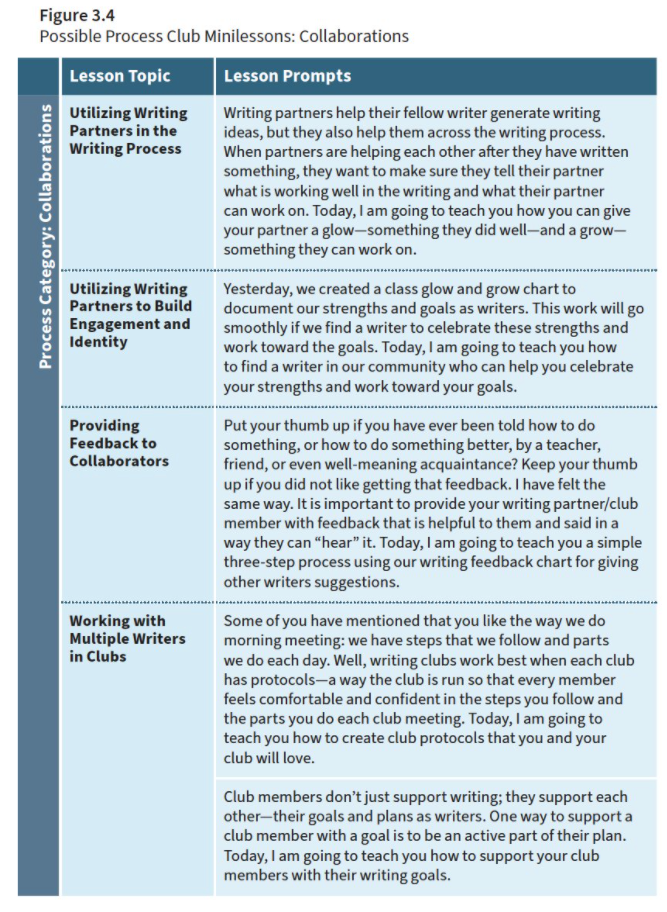
You’ve read a lot about the chat and the book from my perspective as a writer and reader helping folks navigate the writing terrain that I see and hear in districts. Let’s hear from the authors about their intentions and expectations for this book!
What motivated you to write this book? What impact did you hope that it would have in the professional world?
Patty began using writing clubs in her classroom years ago and saw the tremendous difference it made with her students. She loved how these clubs fostered choice, collaboration, and community. When she shared this idea in sessions she and Lisa were leading, the participants wanted to know how they could implement writing clubs. After seeing the teacher’s excitement, the idea for the book was born.
We have seen the impact writing clubs can have on students’ writing. Providing students with time to collaborate with their peers on self-selected writing projects and studies, can reignite the workshop classroom. We hope teachers will take the idea of writing clubs and run with it. We give examples of six types of clubs teachers might implement, but we’d love to see what new clubs teachers come up with on their own.
What are your BIG takeaways from your book that you hope teachers will embrace in their teaching practices?
The title of the book really says it all. In particular, the words after the colon: Choice, Collaboration, and Community. We believe these three C’s are the key to excellent writing instruction. Our book puts forth methods and ways to promote each of these concepts. Our hope is that teachers will incorporate these ideas into their instructional practice as we believe they make a world of difference in kids’ writing.
What is a message from the heart you would like for every teacher to keep in mind?
As writers, we have witnessed firsthand the power of collaboration and feedback. Lisa belongs to a critique group that meets once a month to discuss each member’s current picture book. Patty has her own writing posse who she meets with to flesh out writing and professional development ideas. We have learned that writing well is a lifelong pursuit and receiving peer feedback along the way is invaluable. In addition, it’s fun! Our meetings often include food, wine, and books (some of our favorite things). Teachers are expert at taking something adult authors do, and finding a way to put these ideas into practice with students. Writing clubs are a great way to bring the idea of critique groups into our writing work (keep the wine for the adults though :)).
Concluding Thoughts
This quote …

plus a bit of “Joy Writing” or “Greenbelt Writing” (Hat Tip to Ralph Fletcher) needs to inform our educational practices. How, when and where we incorporate low-stakes writing, more choice, collaboration and increased community is literally up to us. This book, Writing Clubs, gives us the tools and the best advice from two author-practitioners who have worked successfully with writing clubs!
___________________________________
Additional Resources:
Writing Clubs Study Guide Link
Lisa Eickholdt Link
Patty Vitale-Reilly Link


